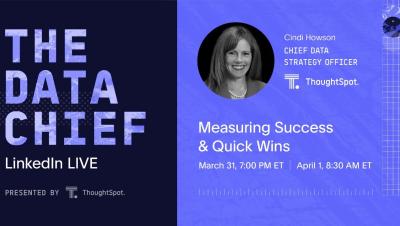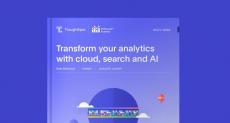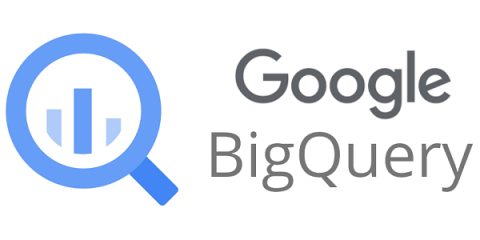Analytics
Transform your business with cloud, search, and AI-driven analytics
Six Top Trends and Predictions for Data, Analytics, and AI in 2021 And what to do about them
The Future of Sports Data
6 Ways to Lose Sports & Gaming Customers Through Poor Realtime UX
How BigQuery helps scale and automate insights for baseball fans
When looking at data, business decision makers are often blocked by an intermediate question of "What should I take away from this data?" Beyond putting together the numbers and building the results, data analysts and data scientists play a critical role in helping answer this question. Organizations big and small depend on data analysts and data scientists to help “translate from words to numbers, and then back to words” as sports analytics pioneer Dean Oliver once said.
Spring forward with BigQuery user-friendly SQL
Spring is here. Clocks move forward. The Sakura (cherry blossom) festival in Japan marks the celebration of the new season. In India, the holi festival of colors ushers in the new harvest season. It’s a time for renewal and new ways of doing things. This month, we are pleased to debut our newest set of SQL features in BigQuery to help our analysts and data engineers spring forward.
Leveraging ETL to Enable your Domain Driven Design
How much do you know about Domain-Driven Design (DDD)? It's a design approach to software development where the language and structure of software code match the business domain. The concept comes from a 2003 book by Eric Evans. And it influences software architects, information architects, data engineers, and computer science professionals who organize code and solve some seriously stressful software problems. Domain-Driven Design is a super-successful concept with brilliant business logic benefits.
Choosing Open Wisely
Since Snowflake’s inception we’ve had the needs of our customers as our North Star, with a clear focus on security and governance of data, continuous advances on performance and reduction of latencies, and relentless capabilities innovation. As part of our product development, we constantly evaluate where open standards, open formats, and open source can help or hinder our progress towards those goals. In short, it is a matter of degree.
New Connector: Pipedrive
Centralize your CRM data to better analyze your sales funnel.










